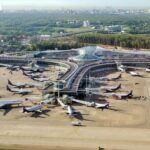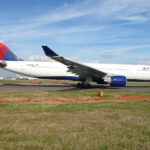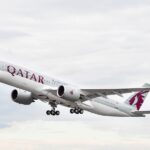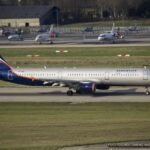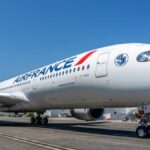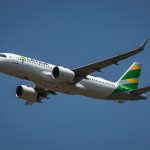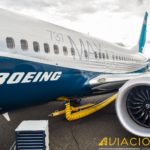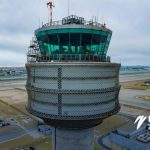On May 2, the first flight of the Brazilian Air Force’s P-3AM Orion prototype, modernized and rejuvenated after the revitalization of the wings set, took place at the Galeão International Airport in Rio de Janeiro.
Brazil has an Exclusive Economic Zone (EEZ) of nearly 4.5 million km². In addition, the responsibilities for the South American giant’s Search and Rescue (SAR) operations, committed to the International Maritime Organization (IMO), add up to about 10 million km². In order to cover this gigantic expanse of water, the Brazilian Air Force (FAB) began incorporating the first P-3AM Orion maritime patrol aircraft in 2010.
Although the Brazilian Orions were modernized with updated electronic equipment, their structure, especially their wings, showed the expected fatigue after decades of patrolling the oceans at low altitude. That is why in 2018 the Brazilian company Akaer was commissioned to revitalize the wings of eight of these aircraft.
“We are proud to be part of this program. The new P-3AM Orion wings represent not only a technological breakthrough, but also a symbol of our capabilities as a nation,” said Akaer CEO Cesar Silva.
Ver esta publicación en Instagram
The revitalization will extend the life of the aircraft for decades. To this end, Akaer replaces several primary elements of the wing such as upper skins, front and rear spars, upper and lower panels of the wing/fuselage center boxes, among other actions. For these works Akaer integrated Industry 4.0 concepts and tools: digital twin, advanced manufacturing, systems integration, among others.
For example, even before starting to install the tools and materials in the hangar, a series of studies were carried out in search of an optimal distribution of work stations that would maximize the value contribution to the product, reducing waste and downtime.

A new revision of this study was also carried out in order to allow working on two pairs of wings in parallel, as well as to reduce displacements and improve benches and shelves for the storage of materials in the production process. Both the analysis and the validation were carried out using virtual reality resources, which allows a better perception of the design.



